I am your baby. You are my everything.

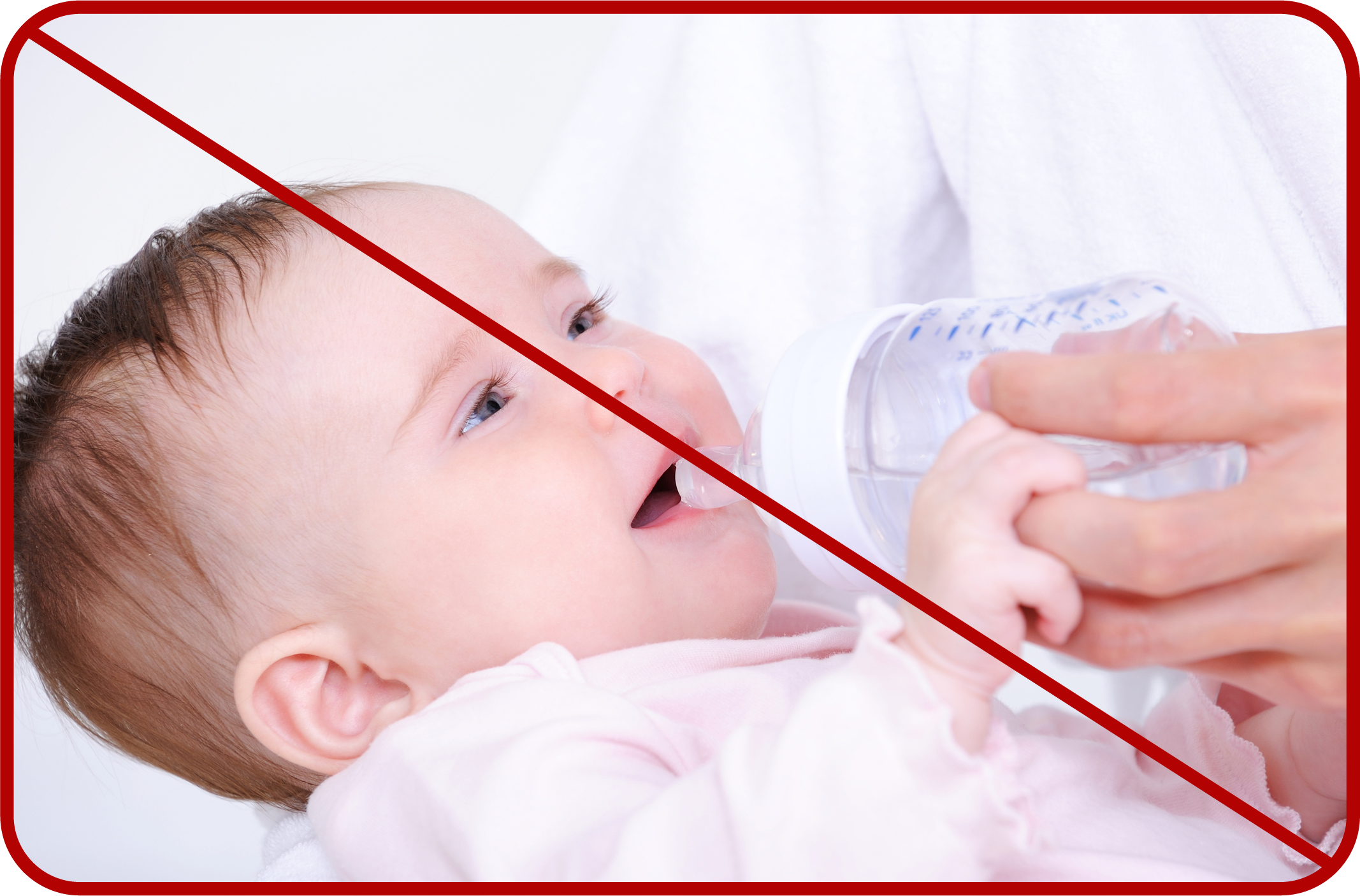
Start by offering only a small amount at a time, 2 to 3 ounces of breast milk or formula.
Let me be in control of how fast I drink from the bottle.
Trust me to know when I am full. Please don’t make me finish a bottle.
Keep prepared bottles in a refrigerator until you are ready to feed and use them within 24 hours.
Never microwave breast milk or infant formula. "Hot spots" can burn a baby's mouth. Warm up bottles in hot water instead.


Day 1
Size of a cherry : 1-7.4 teaspoons
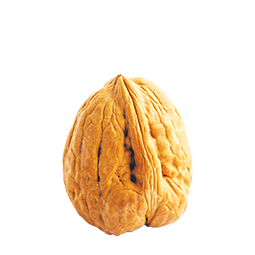
Day 3
Size of a walnut : 0.075-1 ounce
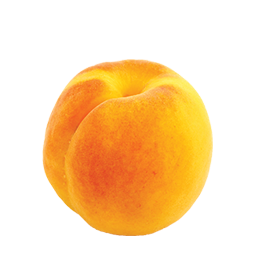
One Week
Size of an apricot : 1.5-2 ounces
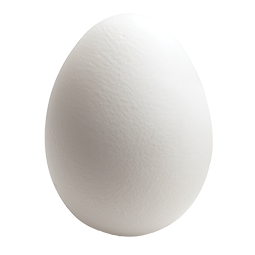
One Month
Size of a large egg : 2.5-5 ounces
A newborn's stomach is growing bigger every day. By 1 month of age, a newborn's stomach can hold about 2 to 3 ounces at a time.
An infant's stomach can hold about 2 to 4 ounces at a time.
An infant feeds 8 to 12 times in 24 hours.
Human milk is easier to digest and will digest fully in 1 1/2 hours.
Feeds are every 1 1/2 to 3 hours.
Watch for infant feeding cues to know your baby is satisfied.
An infant's stomach can hold about 4 to 6 ounces at a time.
Feedings are 6 to 8 times in 24 hours.


If I act hungry after I finish a feeding, offer me the breast again. If I am taking a bottle, offer me another ounce or two.
All babies are different, but my growth spurts might happen when I’m around the ages of:
Give me tummy time when we play.
When I’m alert and relaxed, put me on a blanket on the floor. Watch how I stretch and kick my legs and move my arms. I’m making them stronger.








ALWAYS put me to sleep…
ALONE on my
BACK, and in my
CRIB or PACK-N-PLAY.
You can share a room with your baby, but not the same bed. A baby can suffocate if a blanket, pillow, or toy is placed in the baby's bed.

Wash your hands before making food and feedings.

Clean your baby's gums and teeth with a clean, wet, soft cloth or a soft rubber or silicone finger brush after each feeding. Begin using a soft toothbrush with fluoride toothpaste as soon as the first tooth appears.
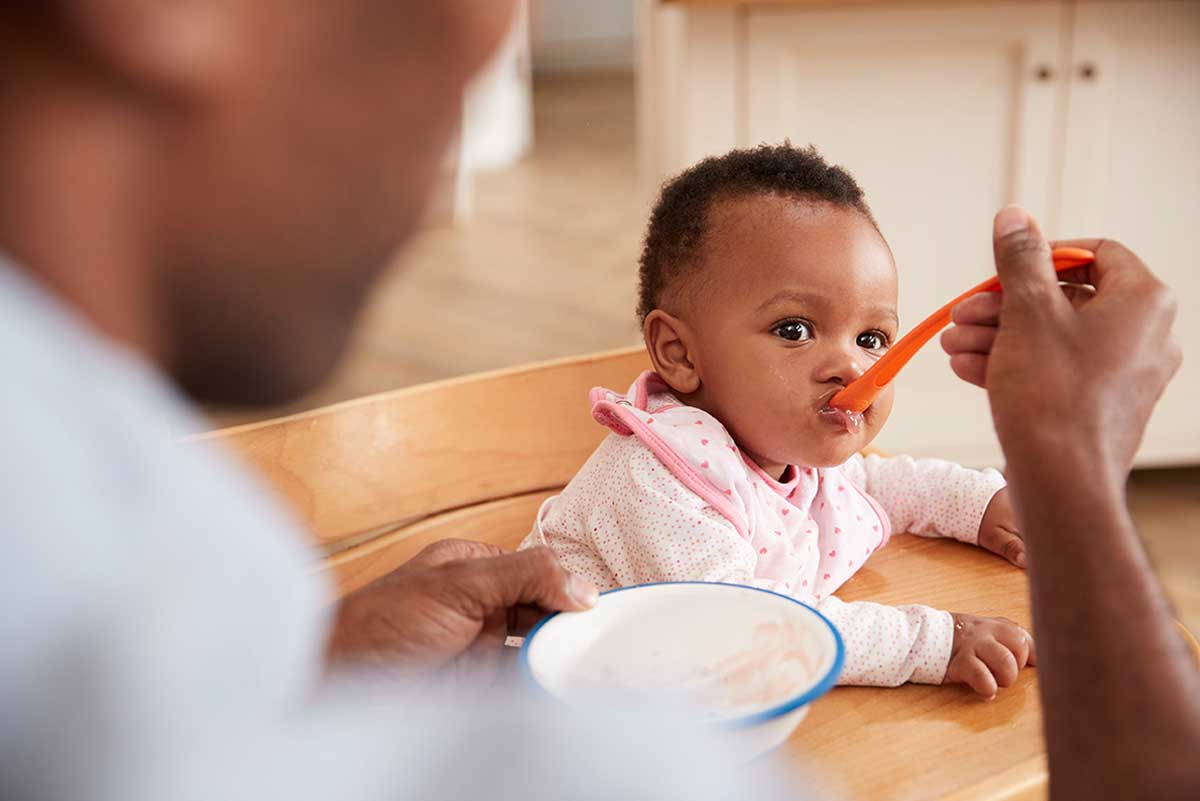
Wait until your baby is 6 months of age before offering solid foods. Time is needed to develop the immune system and strengthen the mouth muscles to eat and swallow foods properly.
Do not feed solid foods before a baby is ready. It can cause your baby to choke or get sick.
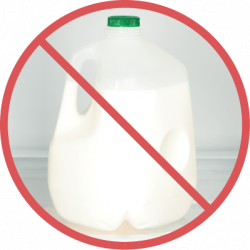
Cow’s milk or other non-dairy milks (like soy or almond milk). It’s too hard for your baby to digest and may cause health problems.
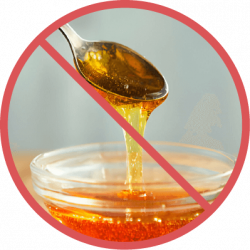
Honey and foods made with honey. Honey can contain bacteria that cause infant botulism, or food poisoning. These bacteria are harmless to older kids and adults.

Side-Lying Hold
This hold is useful when:
Cross-Cradle Hold
This hold is useful when:
Clutch or “Football” Hold
This hold is useful when:
Cradle Hold
This hold is useful when:
Laid-Back Hold
This hold is useful when: